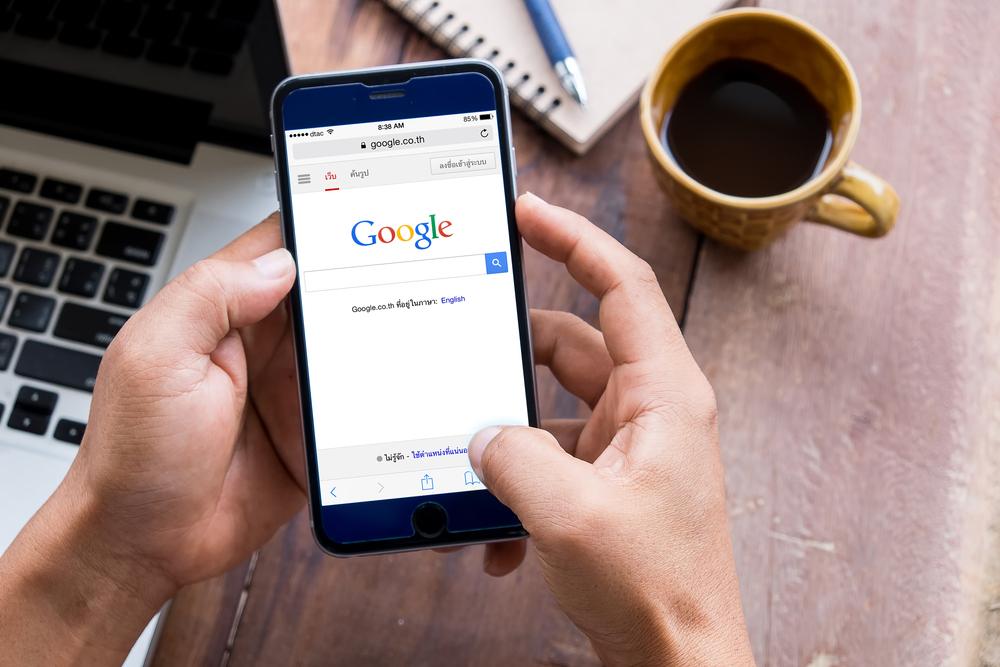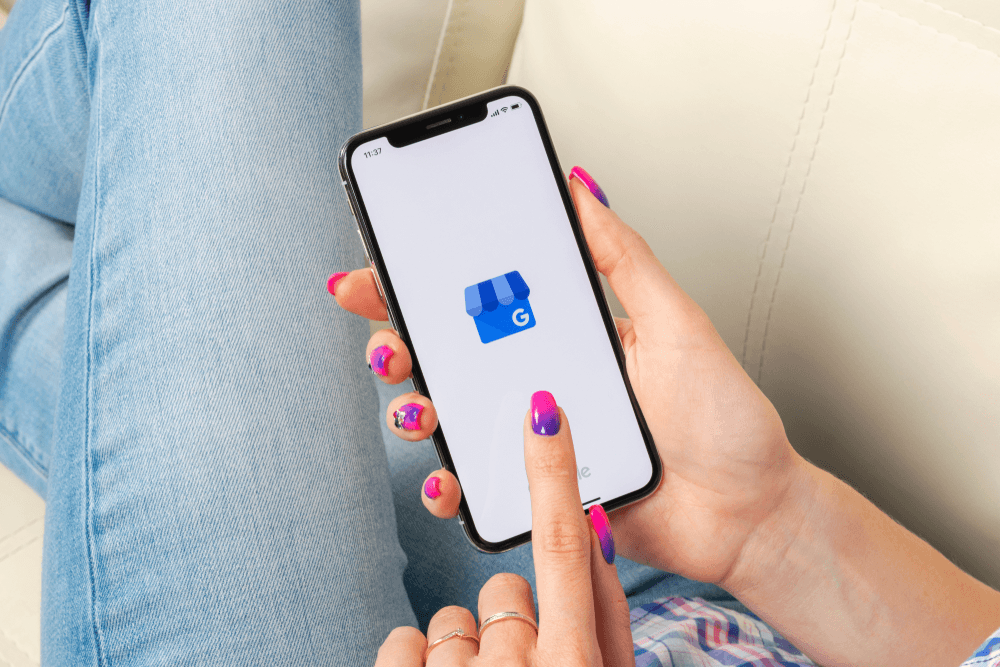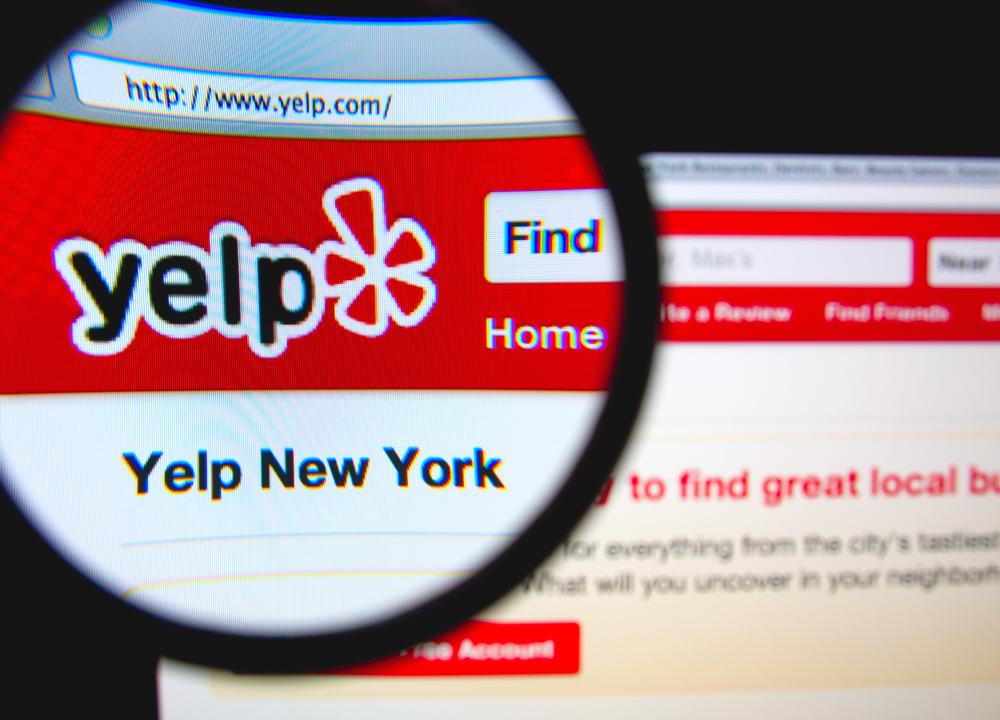MENU
Start
- Best Small Business Loans for 2024
- Businessloans.com Review
- Biz2Credit Review
- SBG Funding Review
- Rapid Finance Review
Our Recommendations
- 26 Great Business Ideas for Entrepreneurs
- Startup Costs: How Much Cash Will You Need?
- How to Get a Bank Loan for Your Small Business
- Articles of Incorporation: What New Business Owners Should Know
- How to Choose the Best Legal Structure for Your Business
Our Guides
- Business Ideas
- Business Plans
- Startup Basics
- Startup Funding
- Franchising
- Success Stories
- Entrepreneurs
Small Business Resources
Grow
- The Best Credit Card Processors of 2024
- Clover Credit Card Processing Review
- Merchant One Review
- Stax Review
Our Recommendations
- How to Conduct a Market Analysis for Your Business
- Local Marketing Strategies for Success
- Tips for Hiring a Marketing Company
- Benefits of CRM Systems
- 10 Employee Recruitment Strategies for Success
Our Guides
- Sales & Marketing
- Finances
- Your Team
- Technology
- Social Media
- Security
Small Business Resources
Lead
- Best Business Phone Systems of 2024
- The Best PEOs of 2024
- RingCentral Review
- Nextiva Review
- Ooma Review
Our Recommendations
- Guide to Developing a Training Program for New Employees
- How Does 401(k) Matching Work for Employers?
- Why You Need to Create a Fantastic Workplace Culture
- 16 Cool Job Perks That Keep Employees Happy
- 7 Project Management Styles
Our Guides
- Leadership
- Women in Business
- Managing
- Strategy
- Personal Growth
Small Business Resources
Find
- Best Accounting Software and Invoice Generators of 2024
- Best Payroll Services for 2024
- Best POS Systems for 2024
- Best CRM Software of 2024
- Best Call Centers and Answering Services for Busineses for 2024
Our Recommendations

Online only.
How to Use Google Business Profile to Improve Your Online Presence

Table of Contents
Google Business Profile is a free service that every small business owner should know about and use. Through your Google Business Profile, you can control the information displayed for your business across all of Google’s services, including Google reviews and Google Maps. If you change a piece of info in your Google Business Profile, like your hours or location, it will automatically update everywhere. Consistency is essential for SMBs, especially in this era of online searching.
When prospective clients see conflicting information about a business online, it leads them to believe the business in question is disorganized, unprofessional and outdated. Luckily, you can avoid falling into that trap by taking full advantage of tools like the Google Business Profile. Here’s how to get started.
Benefits of using Google Business Profile
Google is by far the leading search engine, with around 5.4 billion searches each day and a 92% market share. That means it’s extremely likely that your target market is on Google, possibly looking for the products and services that your company sells.
In terms of digital marketing, not being on Google is akin to being invisible. By claiming and managing your Google Business Profile, your business can:
- Show potential customers that you exist.
- Garner credibility and legitimacy.
- Tell potential customers about what you do or sell.
- Let potential customers know where you are and how to get to you.
- Show the days and hours you are open.
- Inform potential customers how current and past customers feel about you.
- Let people know anything else you decide to tell them.
- Get traffic to your website.
Nearly 9 out of 10 consumers (88%) who do a local search on their smartphone call or visit a store related to their search within a day, according to research by Nectafy.
How to claim and verify your business
The first thing to do is claim your business. You can sign in with an existing Google account or create a new one for this purpose. Your place of business does not have to be a physical address that customers can visit; if you work from home or have a warehouse that you do not want customers to visit, you can choose “no location.” This means that your listing will not display your address and you will not show up in Google Maps.
The first thing you should fill in or verify is the essential information, such as location, hours, website, phone number and other contact details. Be as specific as possible because these details will appear on your Google Maps listing.
Another critical step is to get your business verified on Google. This is a relatively quick process in which Google can validate the veracity of your business. This is usually done through a phone call, but it also can be accomplished with a triggered email or even a postcard. When you are finished, there will be a little blue icon next to your listing so that everyone knows it’s verified.
Using the Google Business Profile dashboard
Aside from the ability to manage your business’s information, you’ll want to take advantage of other valuable features in the Google Business Profile dashboard.
Info
The info section is where you can post the basics of your business, such as your company name, address, phone number and hours. If any of these change, either permanently or temporarily, it is a good idea to update the info here. Google will usually send an email reminder prompting you to do things like update your holiday hours.
During the COVID-19 pandemic, Google added space for you to let customers know about precautions you are taking at your business to keep customers and employees safe, as well as restrictions, such as offering only takeout or curbside pickup.
Include keywords in your info section and the product or service section to improve your local search ranking. Don’t overstuff them, though; Google will penalize you for this.
Photos
On the dashboard, you can view images other people have uploaded about your business and add your own. Prospective customers, especially millennials, expect to see visuals about your business, including high-quality product shots (or images relating to your services) and/or location images (including 360-degree virtual tours) and your logo. Having these visual elements can help steer new customers your way.
Products and services
These two sections in the dashboard give you the opportunity to tell potential customers about what you sell and what makes your products or services better. When you add a new product or service, or stop selling one, update this section. If your business schedules appointments, you can include a URL for scheduling an appointment in this section.
Calls and messages
Google can track calls and messages that come to your business through Google. This gives you more information about prospects, allows you to track your lead generation through Google and call back anyone who did not get through to a person yet.
The calls feature shows you missed calls by day of the week and time of the day so that you can make sure to man the phones during busy times. Messages allows prospects to reach out to you directly from the Google search result or from Google Maps.
Get the most from your Google Business Profile by taking advantage of industry-specific features. For example, upload your menu if you have a restaurant, or display health insurance information if you are a healthcare provider.
Insights
Google Business Profile’s lightweight dynamic analytics dashboard is called Insights. With Insights, you can see how people are finding your business and gain a deeper understanding of whom you’re reaching and whom you aren’t. It also shows you the percentage of people who found you by searching on your company name compared to searching for your product or service.
Posts
Google Posts are great for letting customers know about new offers and advertising what your business does best. Posting sales and promotions, as well as seasonal events and specials, is a great way to get new business. When users see your business on Google, they will also see your recent posts, so a catchy headline is key.
Reviews
One of the most important parts of Google Business Profile is the reviews section. In the reviews section, you can view customer reviews of your business and respond to them.
Although you may think that you should respond only to negative reviews to tell your side of the story, it is a good idea to respond to both positive and negative reviews to express your gratitude for good ones and try to correct problems highlighted by bad ones. People who leave a bad review and then get their issue resolved can later edit their review to make it better. Since this is a crucial part of your online reputation, we’ll discuss managing your Google reviews in more detail below.
Other functions
Google Business Profile has other functions, such as the ability to add users (like an in-house marketing employee or a marketing firm), create a Google website for your business, get a custom Gmail account for your business, and advertise with Google.
How to manage Google reviews for your business
Customer reviews are an integral part of any business; unfortunately, many SMB owners are not adequately trained when it comes to handling and responding to negative reviews. In fact, the problem is so widespread that Google provides tips to business users, but we have a few to add as well.
- Apologizing is fine; arguing is not. If someone has a poor experience, even if you feel they are misrepresenting what happened or outright lying, it is never a good idea to argue or explain why they are wrong. Remember, your goal isn’t to change the mind of one angry reviewer; it’s to show the kind of business owner you are to every prospective reader who sees your interaction. It is a huge turnoff and a massive red flag any time a business owner appears defensive online. Instead, apologize for the poor experience and kindly express your desire to do better in the future.
- Offer to fix the problem. Even if the reviewer does not take you up on your offer to make amends, it shows other Google users that you care about your customers and provide excellent customer service.
- Brevity is key, as is consistency. If you’re going to respond to online reviews, establish a standard for doing so. Who in your business will respond and when? Setting up a weekly time to respond to inquiries and reviews is a good practice. You should also keep your responses relatively brief. Even if your internal tone is calm and kind, a long, multi-paragraph response will read as a bit manic and defensive.
- Remember to say “thank you.” Some business owners forget to thank their loyal customers but write lengthy responses to negative reviewers. People notice that. If someone leaves a particularly thoughtful positive review, post a quick “thank you!”
- Pay attention to repeat criticism. The biggest mistake business owners make when it comes to online reviews is taking the positive feedback to heart and dismissing anything negative. The fact is, it doesn’t matter if you disagree or don’t see the problem yourself, if multiple reviewers say your staff is rude, your prices are too high, your service is not up to snuff or anything else negative, then listen. Online reviews are like a free focus group, and you can either stick your head in the sand at the first sign of anything critical or improve your business by listening and adapting.
Jennifer Dublino, Anna Attkisson, and Derek Walter contributed to the writing and research in this article.


















